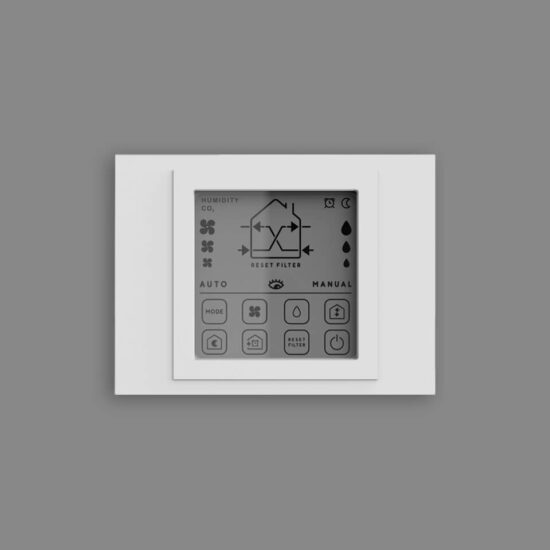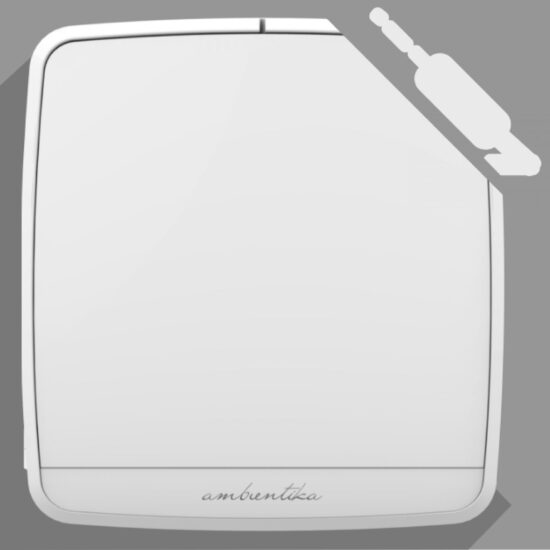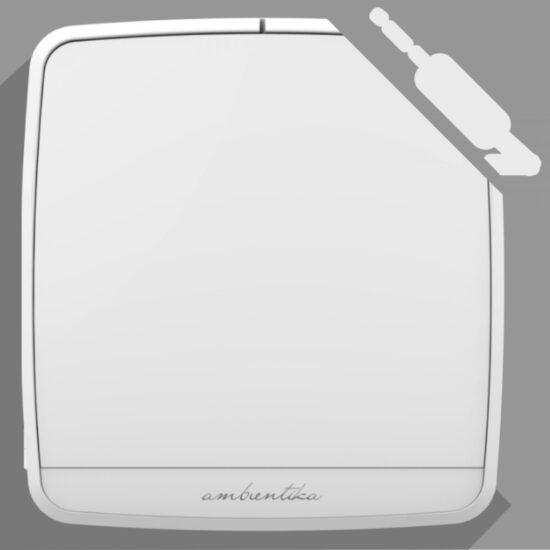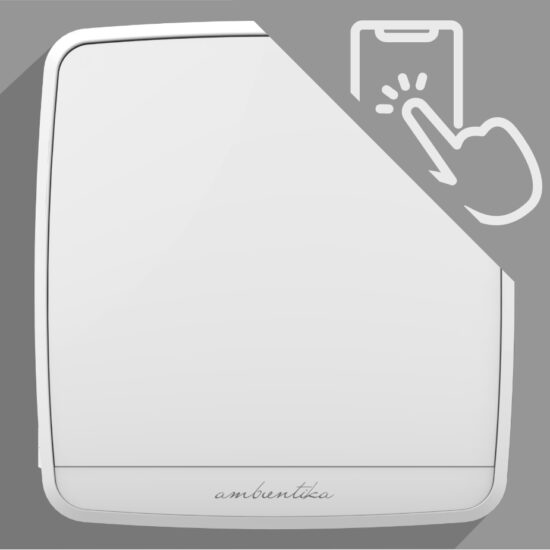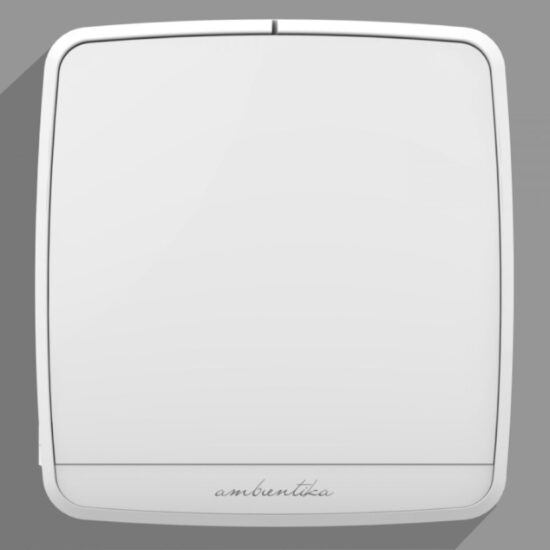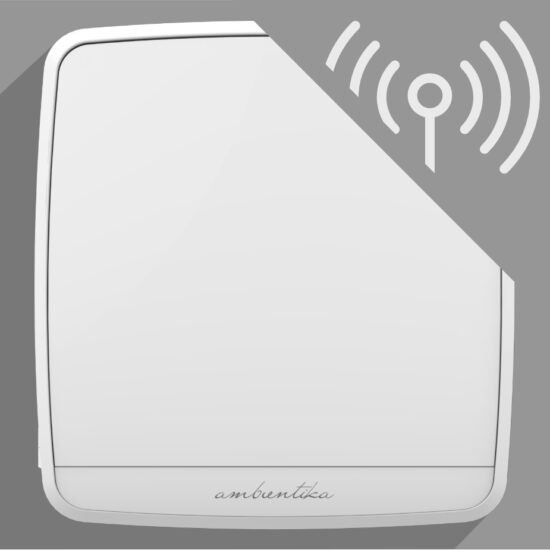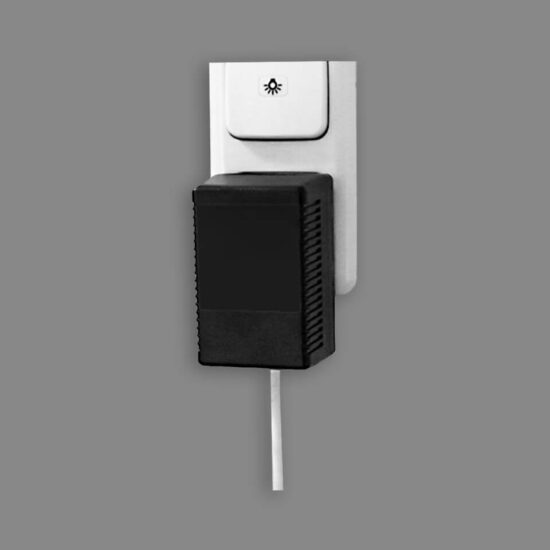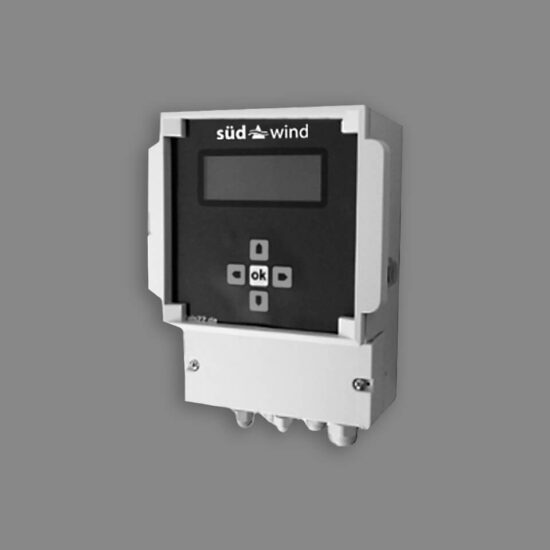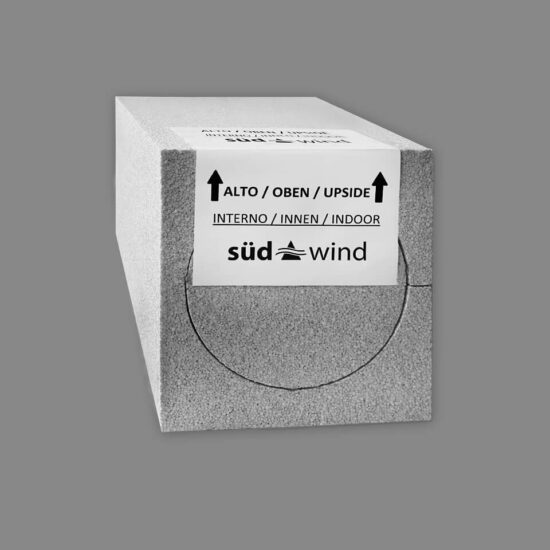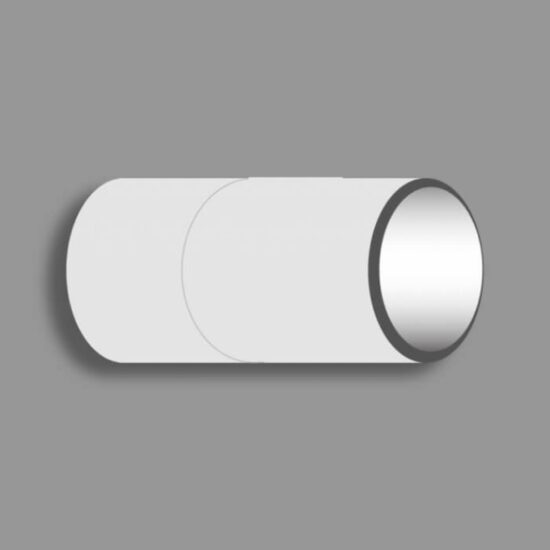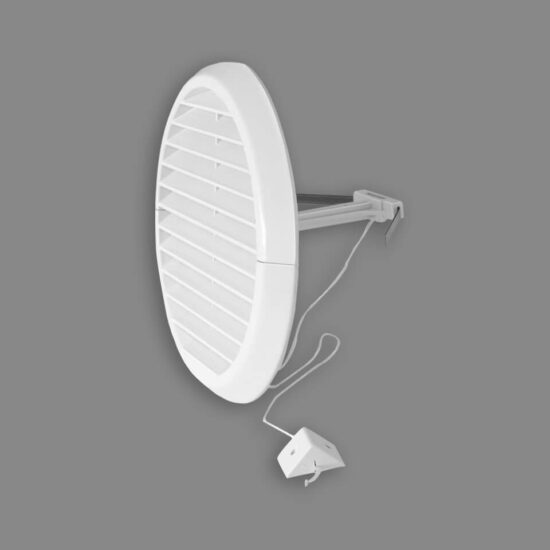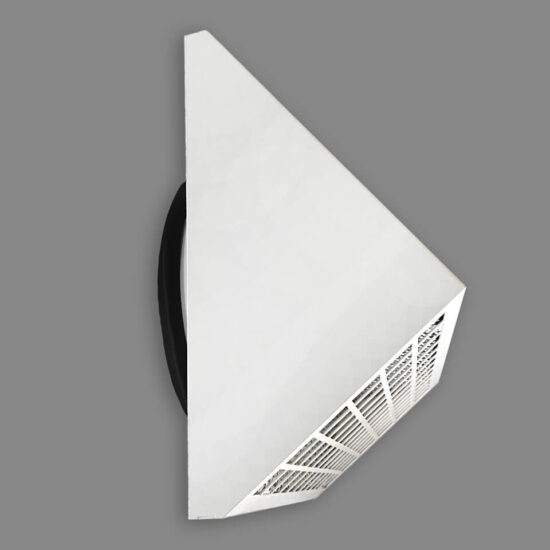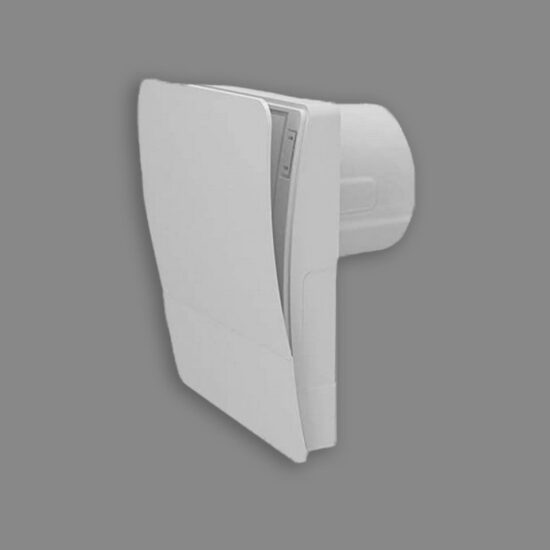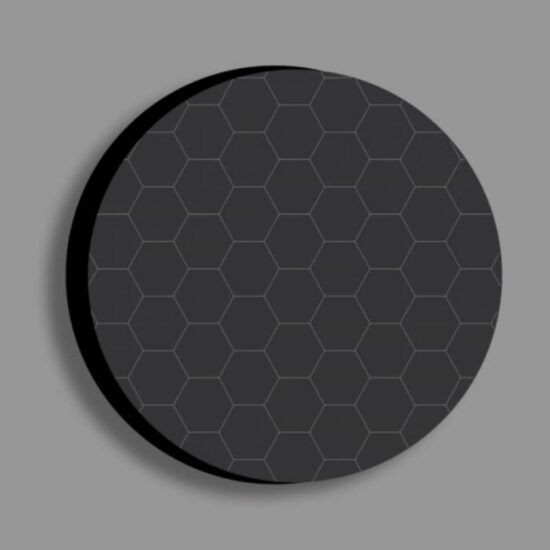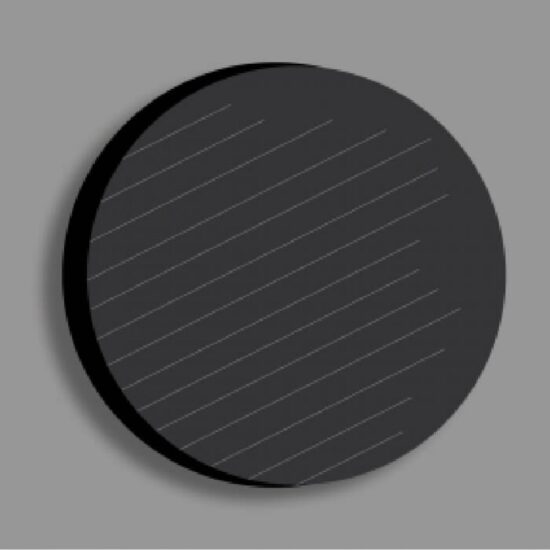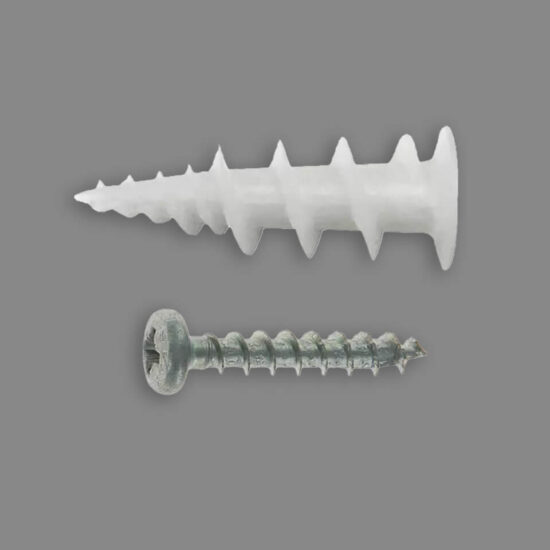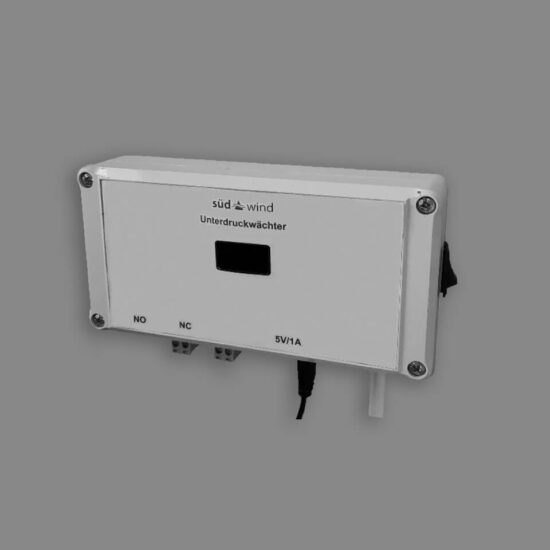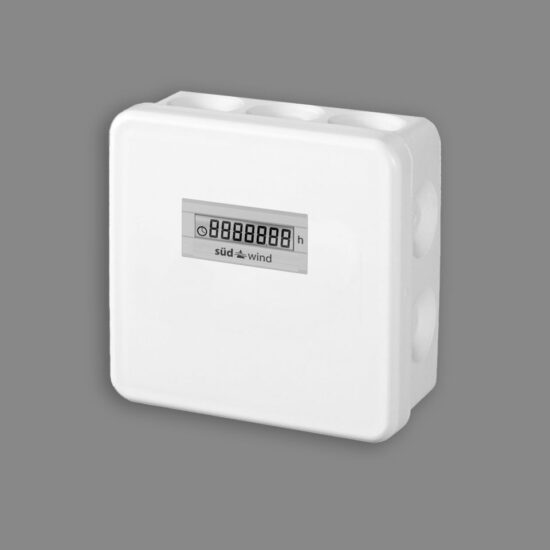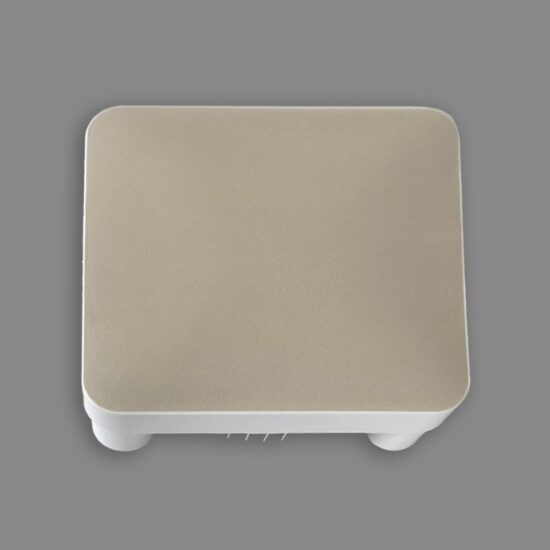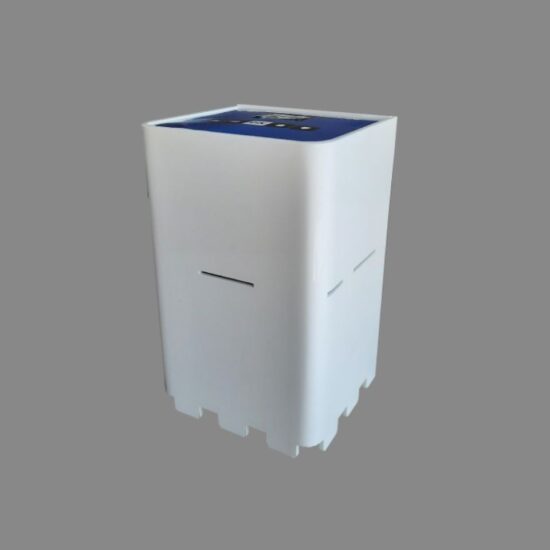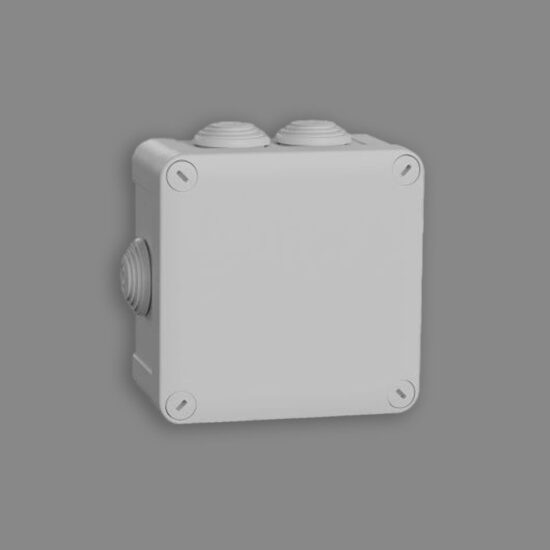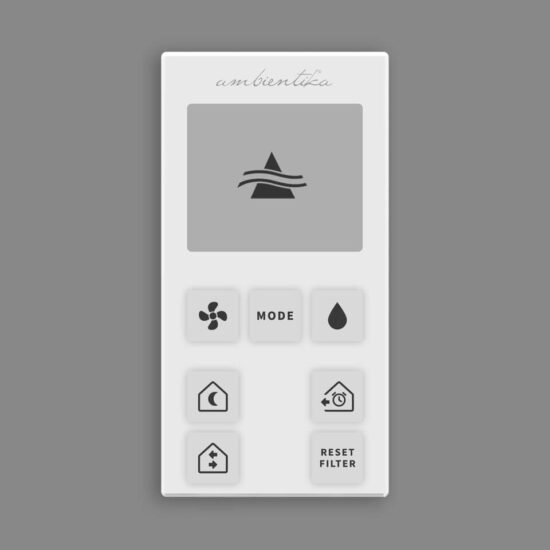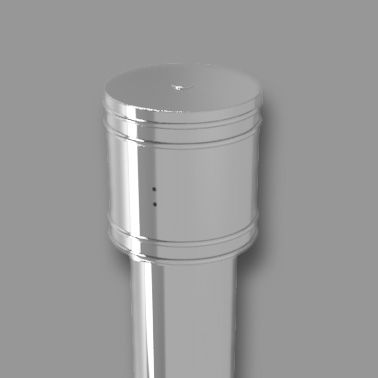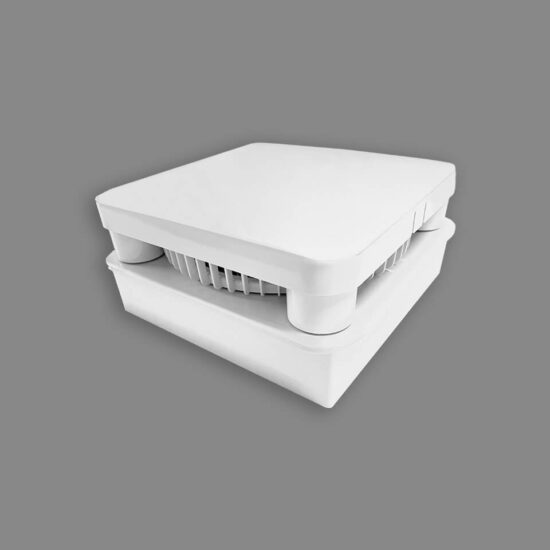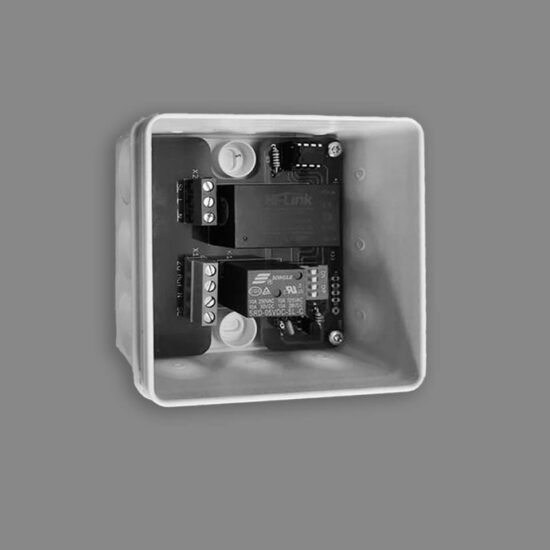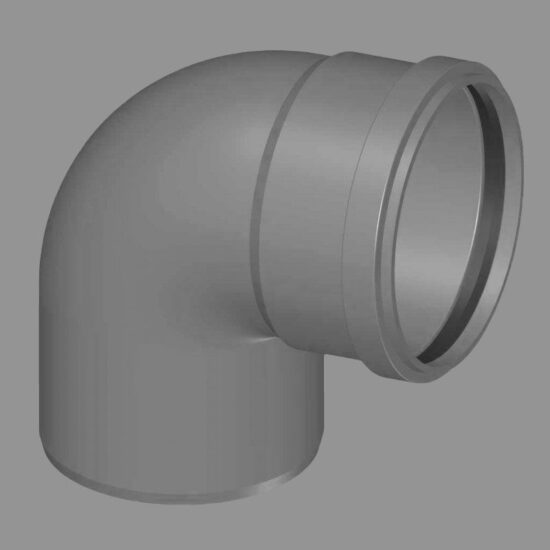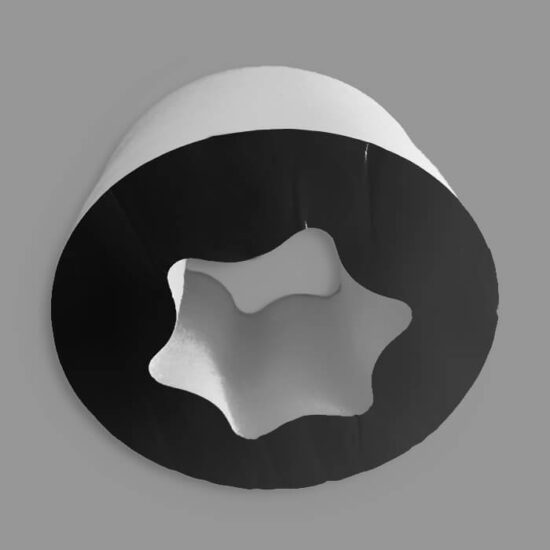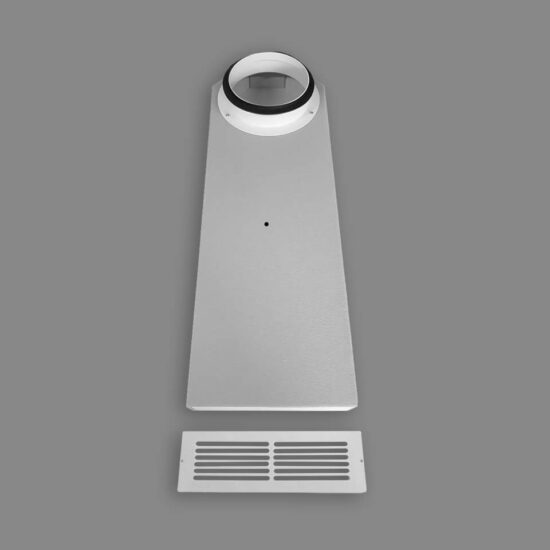Showing all 29 results
FAQ
As the name suggests, it is a ventilator, supplying fresh air and removing stale and damp air – all the while recuperating the heat so that a negligible amount of it is wasted.
Almost all of us would benefit from it, especially since – let’s face it, our climate is against us. For most of the year, the energy we use to heat our properties is wasted by regular ventilation. Heat recovery ventilators use clever technology to retain the heat from expelled air and they use it to temper the fresh air incoming to the property.
Absolutely. In fact, they are recommended by building surveyors in multiple situations. The recuperators have bi-directional motors which alternate the direction of the airflow, preventing the air from stagnating. The extra bonus is an incorporated heat exchanger which works to retain the heat instead of wasting it.
Many. There are important health benefits. We all need fresh air to function properly and allergy sufferers would benefit further from pollen filters offered as an extra accessory with the units. The recuperators also actively work to lower the humidity level, should it go over a set threshold. You will see the difference in the level of condensation often forming at the bottom of the windows, too.
As regards security, you won’t have to open the windows at night or while at work and still enjoy the aired premises instead of putting up with stale and damp air.
An obvious financial benefit would be lowering your energy costs by eliminating (or significantly decreasing) the need to open the windows.
The idea is the same in both cases.
The difference is that with the central system, the whole system of ductwork needs to be run throughout the property so that the central unit is able to supply and extract the air from all the targeted rooms. This requires careful planning and taking into account the discharge of condensation from inside the ducting. Extensive works and consecutive repairs involve high costs and major disruption.
However, a de-centralised system (single room heat recovery) tackles the same problem one room at a time. Generally, there is no ducting involved (with some possible exceptions where a short run might be required), which makes the condensation discharge system redundant. The works are localised, resulting in far less disruption and much lower costs.
Also, the beauty of the de-centralised system is that many rooms can be connected (wirelessly or by cable) to form an equivalent of the central system, often offering even more flexibility, too.
- Market-leading efficiency in heat recovery. Our product achieves up to 93% efficiency, placing it at the top of the league.
- The unique design places the motor on the outer side of the unit, behind the heat exchanger - resulting in less noise coming into the property.
- Classy aesthetics ensure our product becomes a feature, rather than a tolerated necessity.


